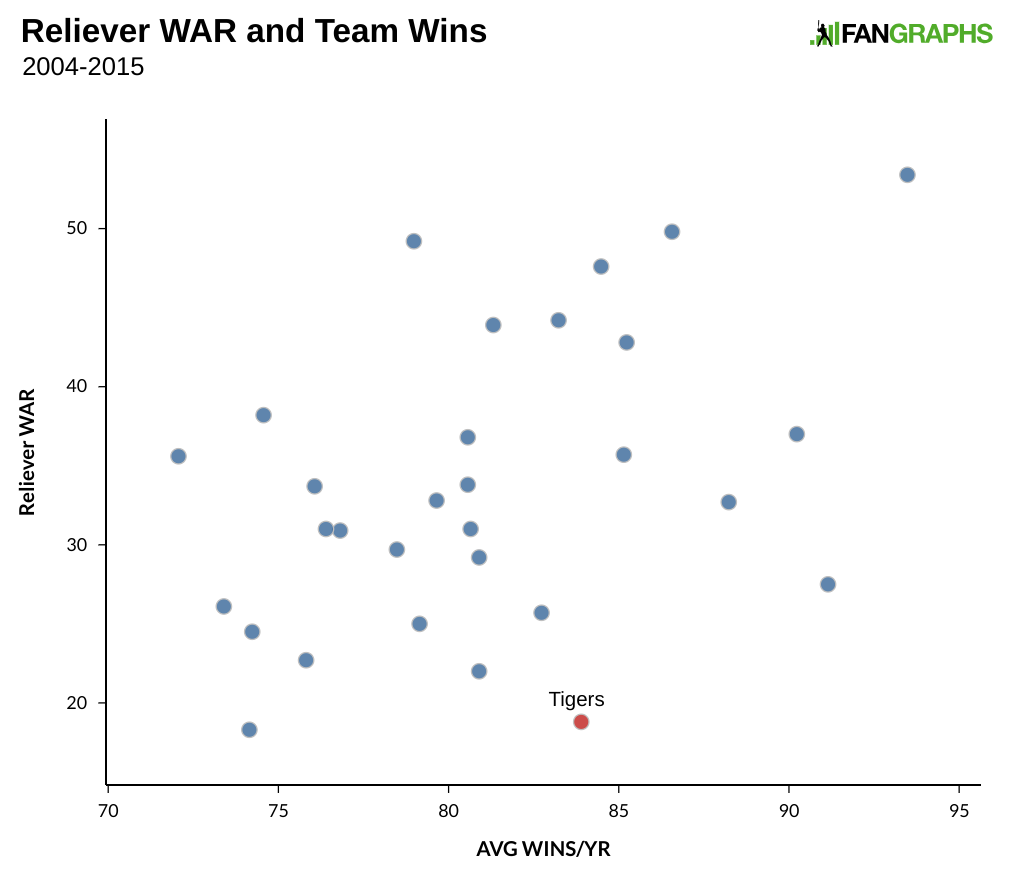Signs Of A Silent Divorce: Are You Ignoring The Warning Signs?

Table of Contents
Emotional Distance and Lack of Intimacy
A significant sign of a silent divorce is a growing emotional and physical distance between partners. This distancing often manifests in several ways.
Diminished Physical Affection
Physical intimacy is a cornerstone of most strong relationships. A decline in physical affection is a major red flag.
- Decreased frequency of physical touch: Less hugging, kissing, cuddling, and hand-holding.
- Lack of spontaneous affection: The absence of unexpected gestures of affection, like a loving touch or a tender kiss.
- Rejection of physical intimacy: Consistent refusal of physical closeness or sexual activity.
The emotional impact of this reduced physical intimacy can be profound. It signals a lack of connection and can lead to feelings of loneliness, rejection, and decreased self-esteem.
Reduced Emotional Connection
Beyond physical intimacy, a silent divorce is characterized by a decline in emotional connection. This manifests in various ways:
- Infrequent meaningful conversations: Conversations become superficial, lacking depth and genuine emotional exchange.
- Lack of shared vulnerability: Partners avoid sharing their feelings, fears, and insecurities with each other.
- Feeling unheard or unappreciated: One or both partners feel like their thoughts and feelings are dismissed or ignored.
- Avoiding eye contact: A subtle but telling sign of disengagement and emotional withdrawal.
This communication breakdown is a critical element in a silent divorce. Open and honest communication is essential for a healthy relationship, and its absence is a serious warning sign.
Changes in Communication and Shared Activities
Another key indicator of a silent divorce is a shift in communication patterns and shared activities.
Decreased Communication
The quality and frequency of communication significantly decrease.
- Fewer phone calls or texts: Reduced contact outside of essential communication.
- Shorter conversations: Even when communicating, interactions are brief and lack substance.
- Avoiding difficult topics: Important issues are avoided, leading to unresolved conflicts and simmering resentment.
- Increased arguments about trivial matters: Minor disagreements escalate into larger conflicts, reflecting underlying tension.
The importance of quality communication in a healthy relationship cannot be overstated. A decline in meaningful communication is a strong indicator of growing distance and emotional disconnect.
Loss of Shared Interests and Activities
Couples experiencing a silent divorce often stop engaging in activities together.
- Spending less time together: Partners prioritize individual activities over shared time.
- Engaging in separate hobbies: Interests and pursuits become increasingly individualized.
- Avoiding shared activities like vacations or dinners: Joint planning and execution of activities decrease.
- Lack of joint planning for the future: Absence of discussions about long-term goals and aspirations.
Shared activities strengthen bonds and create positive memories. The loss of these shared experiences highlights a growing disconnect and lack of investment in the relationship.
Increased Conflict and Resentment
The absence of open communication frequently leads to increased conflict and resentment.
Frequent Arguments and Criticism
Even small issues escalate into larger conflicts.
- Constant bickering: Minor disagreements become frequent sources of tension.
- Increased negativity and criticism: Partners become more critical and less supportive.
- Feeling unheard or misunderstood during arguments: Discussions rarely result in resolution or understanding.
Unresolved conflicts fuel resentment, creating a toxic environment that further damages the relationship.
Growing Resentment and Lack of Forgiveness
Unspoken grievances accumulate, fostering resentment and bitterness.
- Holding grudges: Past hurts and disappointments are not addressed or forgiven.
- Feeling bitter or angry towards your partner: Negative emotions dominate the relationship dynamic.
- Avoiding apologies: Acknowledging mistakes and offering apologies become less frequent.
- Difficulty letting go of past hurts: Past conflicts continue to cast a shadow over the present.
Resentment is a corrosive force that erodes the foundation of a marriage. The inability to forgive and move forward is a significant warning sign of a silent divorce.
Signs of Disengagement and Withdrawal
Finally, a silent divorce often involves emotional and physical withdrawal.
Physical and Emotional Withdrawal
Partners become increasingly distant, both physically and emotionally.
- Spending more time alone: Partners prioritize solitary activities over shared time.
- Avoiding eye contact: A nonverbal cue indicating disengagement and emotional distance.
- Shutting down during conversations: Partners become unresponsive and disengaged during discussions.
- Lack of responsiveness: Ignoring or minimizing the partner's attempts at communication.
- Expressing feelings of isolation: Feeling alone and disconnected within the relationship.
Feeling unseen and unheard is incredibly damaging, leading to feelings of hopelessness and isolation.
Lack of Future Planning Together
The absence of joint planning is a major red flag.
- Reluctance to make future plans as a couple: Avoiding discussions about shared future goals.
- Separate financial planning: Handling finances independently, signaling a lack of shared commitment.
- Lack of discussion about long-term goals: Absence of shared vision for the future of the relationship.
- Avoiding conversations about children's future: Failing to discuss and plan for children's well-being.
Shared goals and a vision for the future are crucial for a successful relationship. The lack of such planning indicates a lack of commitment and investment in the relationship's future.
Conclusion
Recognizing the subtle warning signs of a silent divorce is crucial. From diminished physical affection and reduced emotional connection to increased conflict, resentment, and a lack of future planning together, these indicators highlight a serious decline in the relationship's health. Remember, a quiet divorce doesn't happen overnight; it's a gradual process of emotional detachment. Don't let a silent divorce steal your happiness. If you recognize these signs of a silent divorce or a quiet divorce in your relationship, take action today. Consider couples counseling or seeking advice from a relationship expert. Addressing these warning signs early can save your relationship and prevent further heartache. Taking proactive steps to address these issues can help rebuild connection and strengthen your marriage, preventing a complete, and potentially devastating, silent divorce or gradual marital separation.

Featured Posts
-
 Ev Mandate Opposition Grows Car Dealers Push Back
Apr 28, 2025
Ev Mandate Opposition Grows Car Dealers Push Back
Apr 28, 2025 -
 Recognizing The Warning Signs Of A Silent Divorce
Apr 28, 2025
Recognizing The Warning Signs Of A Silent Divorce
Apr 28, 2025 -
 Unlikely Hero Predicting A Breakout Season For A Red Sox Contributor
Apr 28, 2025
Unlikely Hero Predicting A Breakout Season For A Red Sox Contributor
Apr 28, 2025 -
 Baltimore Orioles Announcers Jinx Snapped 160 Game Hit Streak Over
Apr 28, 2025
Baltimore Orioles Announcers Jinx Snapped 160 Game Hit Streak Over
Apr 28, 2025 -
 Red Sox Offseason Strategy Filling The Gap Left By Tyler O Neill
Apr 28, 2025
Red Sox Offseason Strategy Filling The Gap Left By Tyler O Neill
Apr 28, 2025
